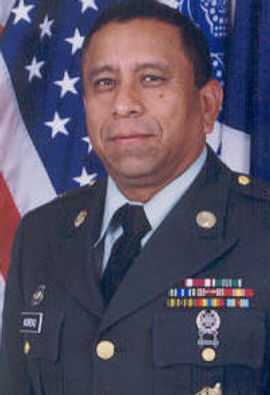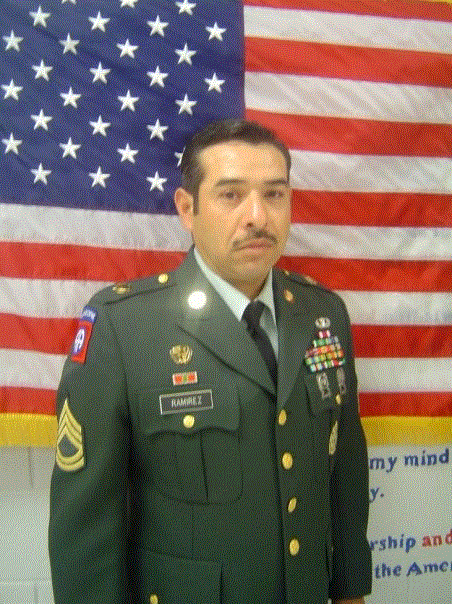CADRE

MAJOR R. SCHRODER
The third year of JROTC provides still more leadership situations with the students being entrusted with more responsibility and authority. They serve primarily as senior non-commissioned officers and learn leadership at the company level. Classroom instruction includes: leadership theory and application, nutrition, first aid, geography, financial planning, public speaking, government, and the role of citizens in America.
Fourth-year students are responsible for supervising the daily activities of the corps and perform primarily as commanders and staff officers plus serve as role models for the younger students. They also act as assistant instructors in some subject areas for JROTC classes. They continue to develop their leadership skills and plan Corps events and community service activities. Classroom instruction includes: leadership theory and application, foundations for success, and public speaking.'m a paragraph. Click here to add your own text and edit me. I’m a great place for you to tell a story and let your users know a little more about you.

SFC V. MORENO
The first year of JROTC introduces the student to the study of leadership and citizenship while being designed to help him succeed in high school and beyond. Students learn self-analysis techniques such as winning colors, personal skills mapping and how to improve themselves. They also learn how to correctly wear the uniform, plus military customs and courtesies.

SFC M.A. RAMIREZ

